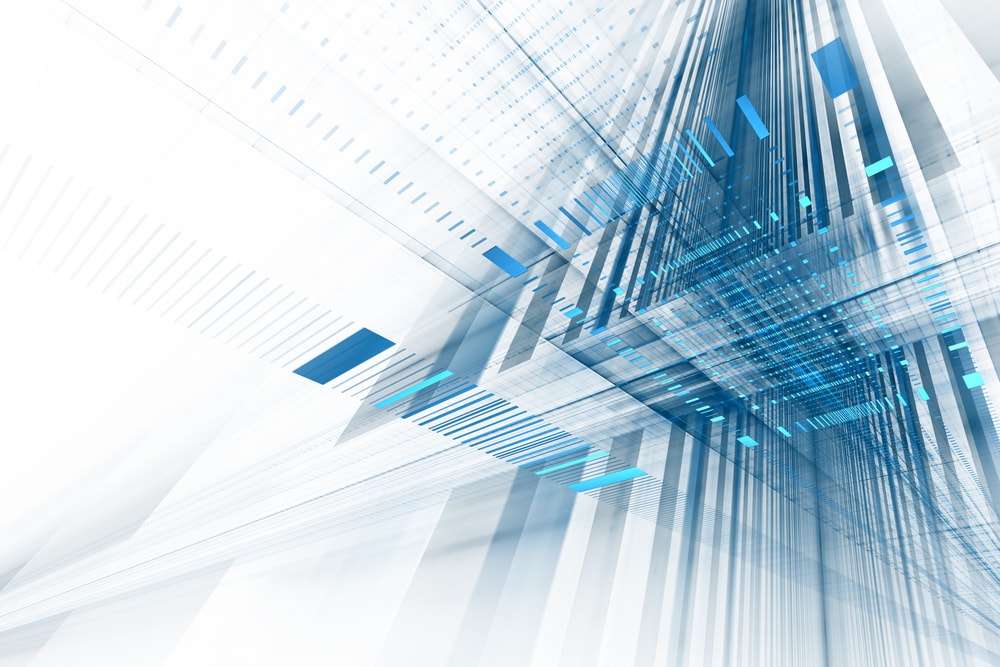The internet changed the way we think, work, shop, and the way we solve problems. We really love the internet, apps, and the Internet of Things (IoT).
eCommerce has evolved significantly over the past decade and is expected to surpass $4 trillion in retail and e-commerce sales by 2020, according to IBM.
There are a lot of Content Management Systems (CMS), hosted solutions, and plugins freely available for you to set up your online retail presence.
Artificial intelligence (AI) is the recreation of human knowledge forms by machines, particularly PC systems. These procedures incorporate learning (obtaining data and standards for utilizing the data), thinking (using guidelines to arrive at rough or favorable resolutions), and self-correction.
Although they were great in their heyday, websites with rotating tables and GIFs are now extinct. These days, websites are built with widgets in order to make them load quickly, be more interactive, and more mobile-responsive.
The maritime transportation industry is in the middle of a full-blown technological revolution. Driven by digitization and automation, technology is making it much easier to effectively manage cargo and shipping while helping ships avoid collisions.
As every industry imaginable gets digitally transformed, they can also become highly vulnerable to cybersecurity threats. Whether its healthcare, logistics, or retail, the industry’s supply chain or what’s also known as value-chain (or third-party) the threat level isn’t really any different.
Next month will mark the first anniversary of the infamous WannaCry ransomware attack, but we’re all still (more or less) vulnerable.












